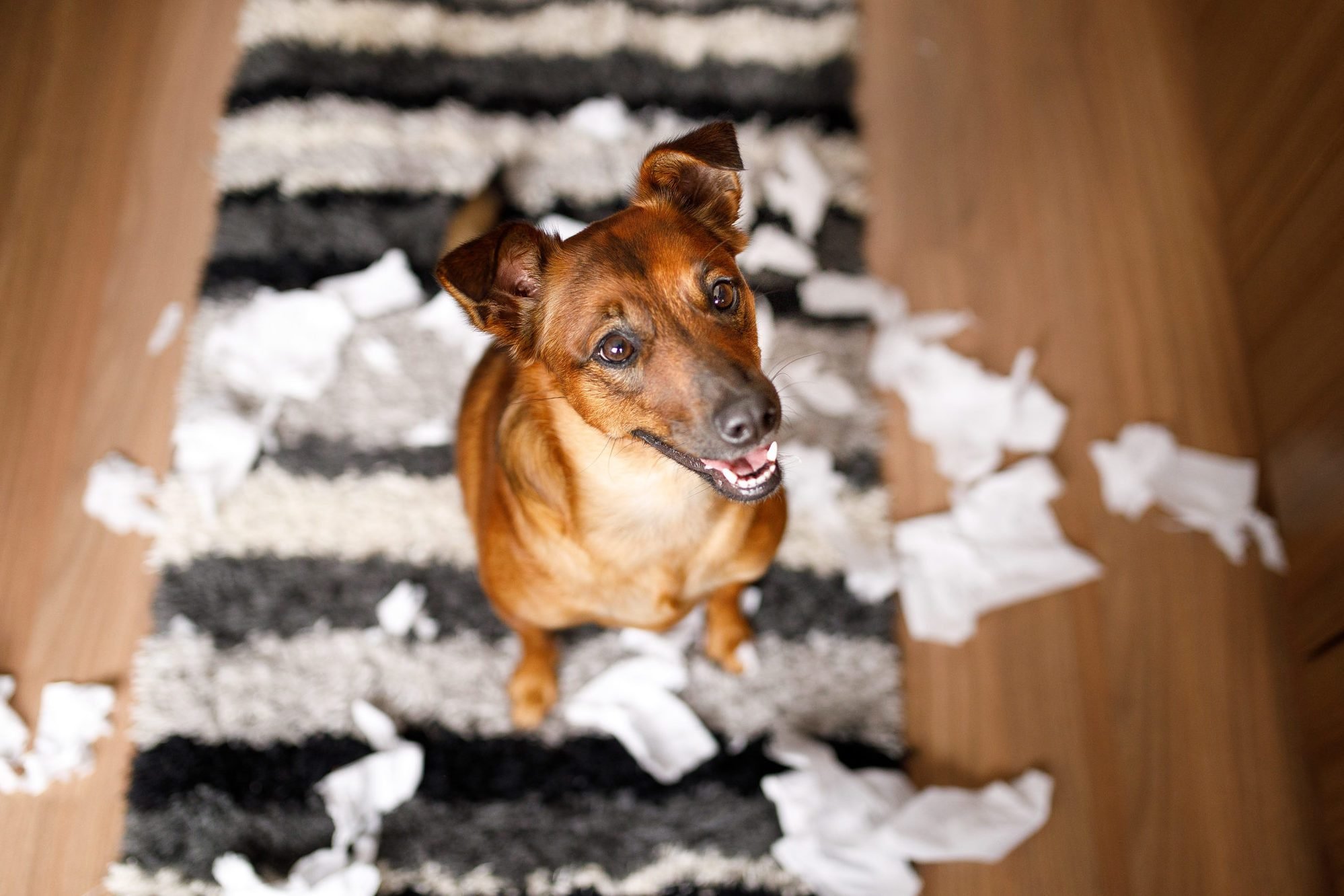
Why is obedience training important?
Whether you recently adopted a pup or have loved one for a while, you might wonder if you should enroll your pet in obedience training. The easy answer for most dogs is yes—especially if they haven’t completed a basic course yet. “Any dog can use training,” says Nicole Ellis, a certified professional dog trainer with Rover. “It provides mental stimulation and helps grow the bond between you and your pet.”
But while every dog can benefit from training, some need it more urgently than others. If you spot the following behaviors—which range from fear-based to boredom-based and everything in between—it’s time to enroll your dog in obedience training as soon as possible. Just a few hours of training a week could boost your dog’s confidence, challenge his brain, and help him feel more at ease in his daily life. And who doesn’t want that? For more ways to keep your pup happy and stress-free, avoid these 23 things that dogs secretly hate.

They snarl or growl when you get too close to their possessions
Ever reach down to throw a toy your dog loves only to have him snarl at you in return? Or get too close to his food and get a similarly scary reaction? That’s a behavior called resource guarding, and it occurs when your dog believes he’s protecting something highly valuable, says Alett Mekler, DVM, a veterinarian and certified canine rehabilitation practitioner at Four Paws Mobility.
Unfortunately, this behavior could escalate if you inadvertently teach your dog that when he wants something, he can get it by showing his teeth. According to Dr. Mekler, this behavior definitely warrants a session with an obedience trainer, who can teach a command like “leave it,” then offer a reward when your dog listens. “When the cue is given, the dog knows it is worth giving up the resource because a jackpot bonus is on its way,” she says. Here are another 15 secrets dog trainers won’t tell you for free.
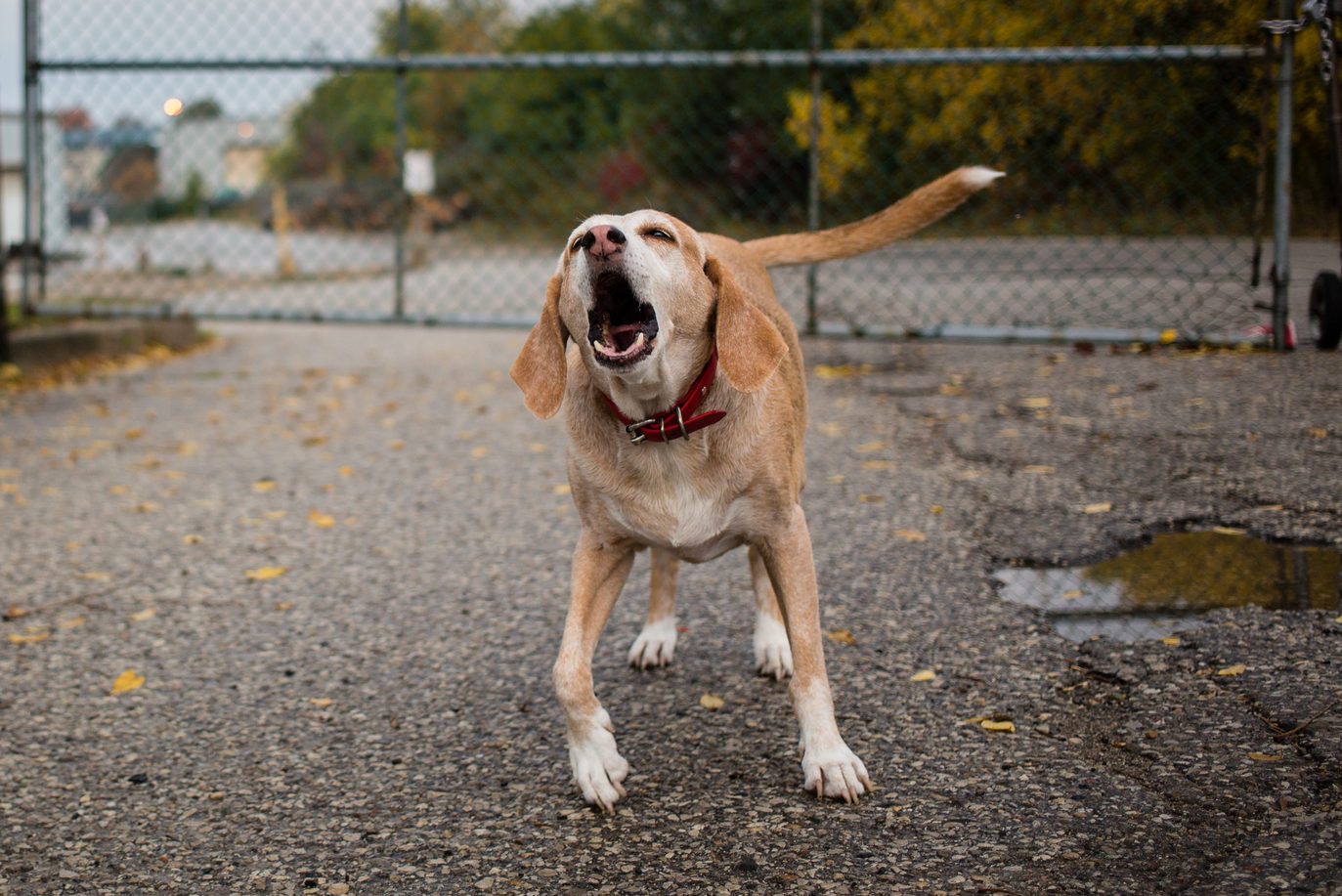
They bark…a lot
Excessive barking is a common behavioral issue in dogs—and it could be caused by a range of factors. “The first step is figuring out the cause,” says Ellis. “Are they protecting the house from what’s outside? Are they scared of what’s outside? Are they protecting you? Are they just vocal dogs and this is a job they’ve given themselves to do?” From there, a professional trainer can help you plan a course of action.
Ellis says the solution could be as simple as giving your dog a new job to do besides barking. For example, you could train him to go to a specific part of the house if he hears someone at the door. Or, you could teach him to play with a mentally stimulating toy during a time he would normally bark. A trainer will be able to offer solutions that work for your dog’s specific situation. In the meantime, try these tips to stop your dog from barking—without yelling.
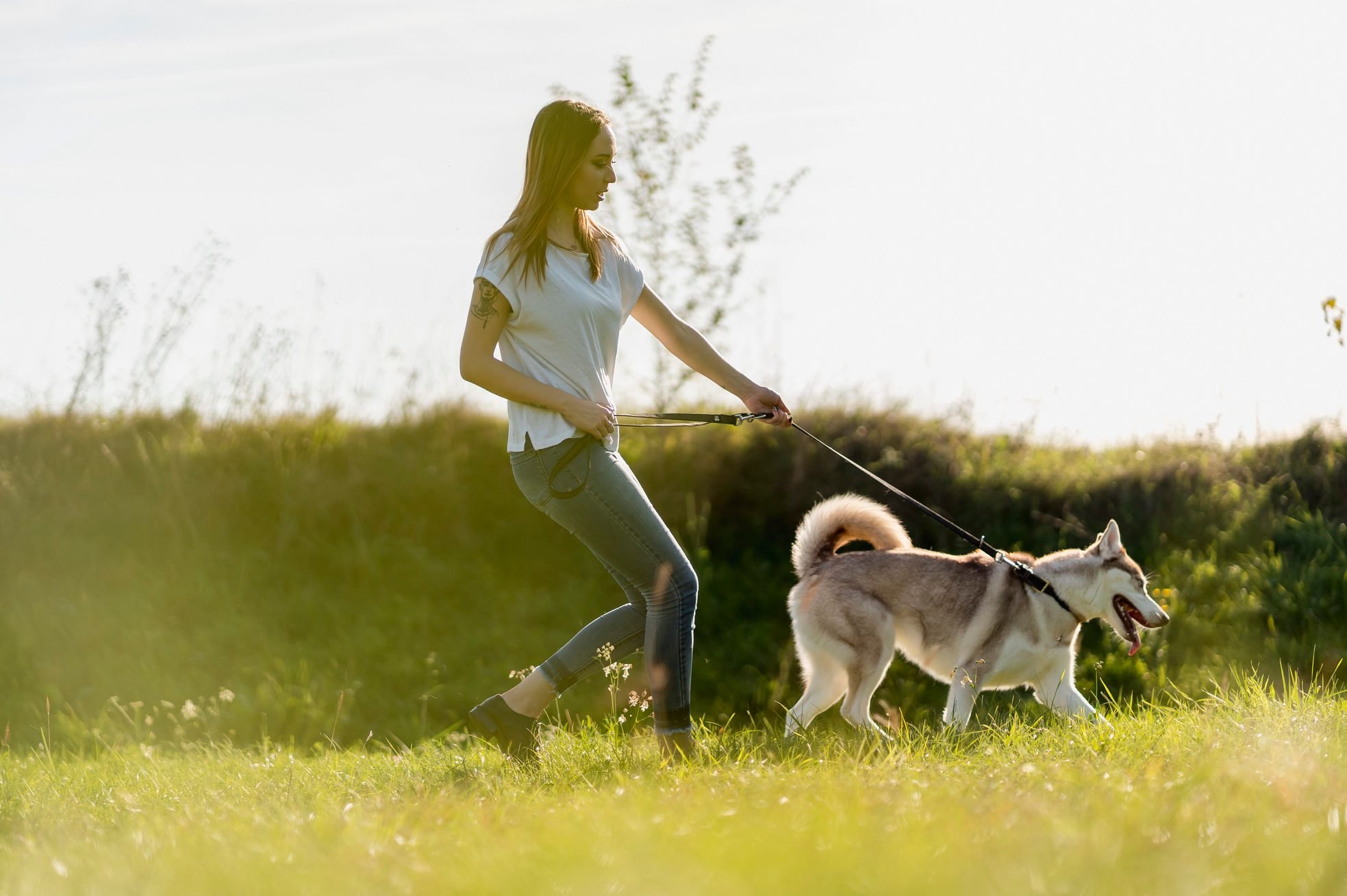
They have poor leash manners
Walking your dog should be a pleasant experience, not one plagued by pulling, chasing, or getting tangled in the leash. And while being a wild walker might seem harmless, it’s actually anything but. “Improper leash manners can lead to many dangerous scenarios, including pulling so hard that the owner falls and injures themselves or pulling so hard that the dog runs into the street,” says Dr. Mekler. Instead of playing tug of war with your dog, enroll him in obedience training to help him learn how to walk on the leash safely. It’s a simple skill to learn, and it will benefit you and your pup in the long run. Using a dog harness instead of a collar-and-leash combo can also help.
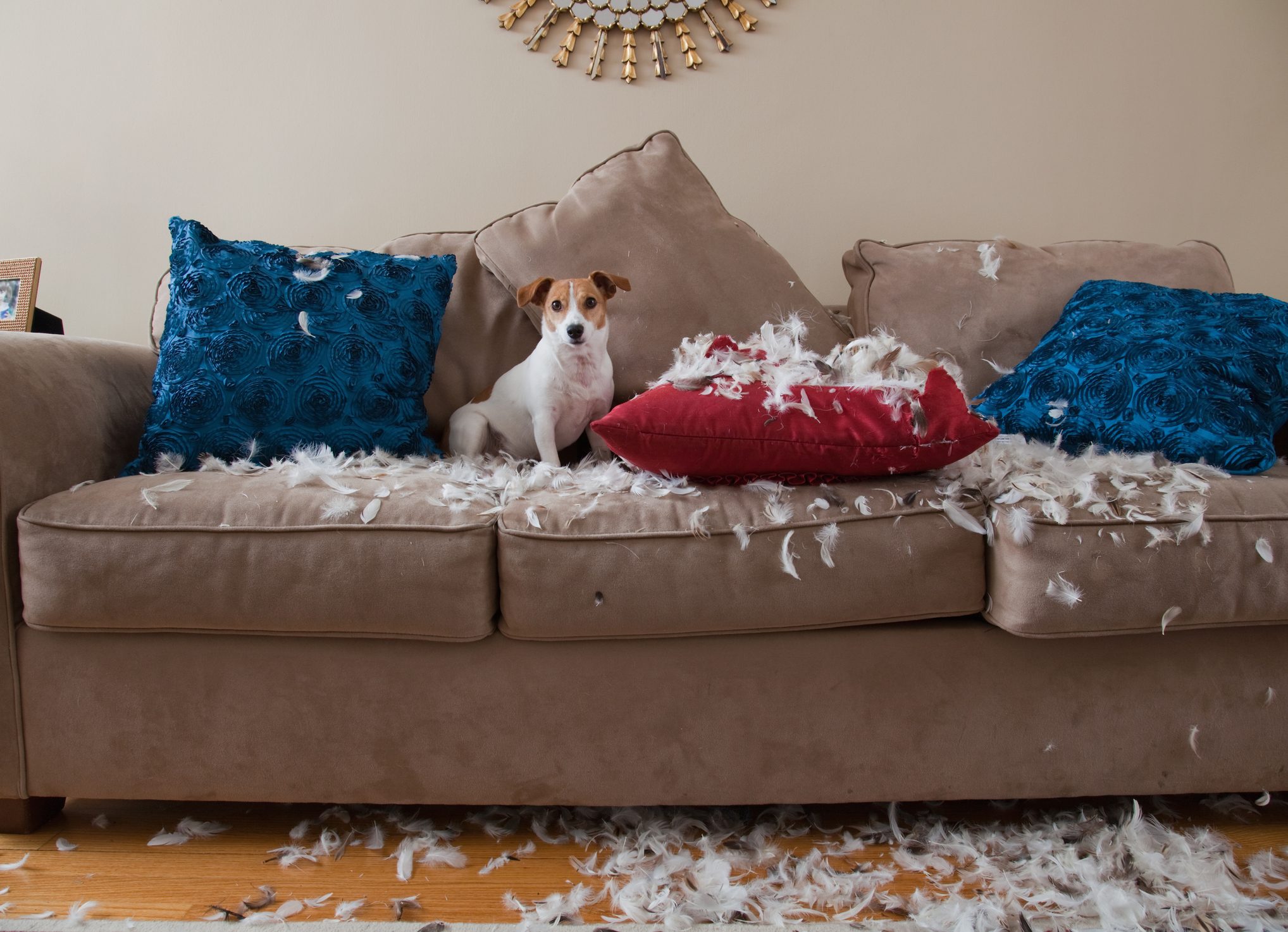
They chew up the house
There’s nothing more frustrating than realizing your pup has turned your favorite pair of shoes into a chew toy. If that happens often, then obedience training—and the mental stimulation that comes with it—can help. “Often, dogs that are destroying things in the home are just bored and trying to find fun things to do,” says Ellis. Practicing a new command you learned in obedience school is an easy way to alleviate boredom and give your dog an exciting alternative activity. It will also tire out your pup so he’s less likely to go on a destructive rampage as soon as you leave the room. Think your pet is a genius? Here’s how to tell how smart your dog is.
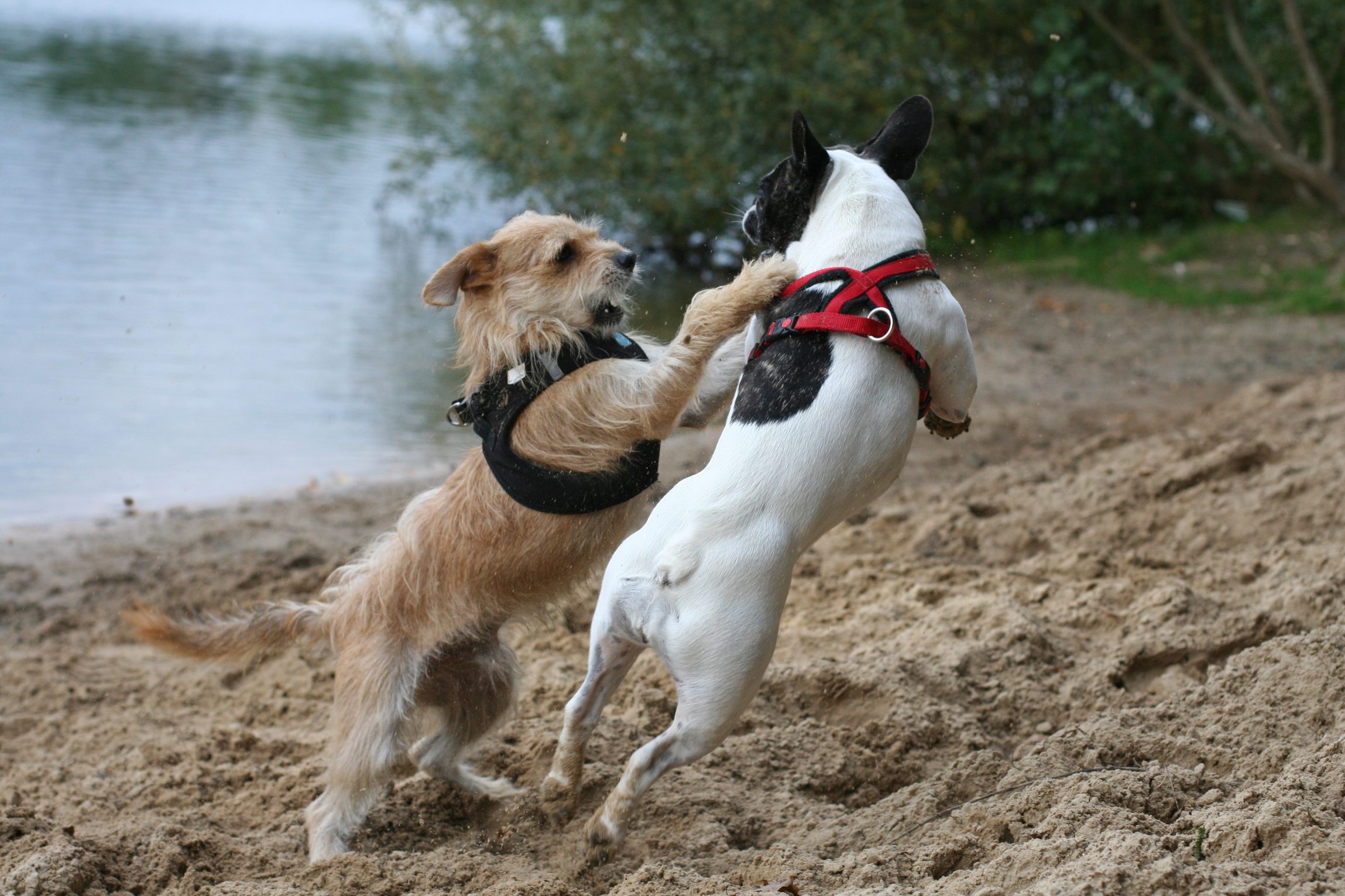
They’re mean to other dogs
If your dog has no pals at the dog park—or simply can’t be trusted around other animals without lunging, snapping, or showing some other sign of aggression—then you should see a trainer immediately. “I don’t get along with everybody and I don’t expect my dog to get along with everybody,” says Ellis, “but he can’t be mean.” While some dogs may have traumatic backgrounds that prevent them from wanting to play or engage with other animals, a trainer will be able to teach that dog to be safe and calm around other pets when they need to be (for example, when passing another dog on a walk). While any animal can snap, these 11 dog breeds are less likely to bite.

They have separation anxiety
Many vets expect to see an increase in cases of separation anxiety in dogs as owners begin to return to work after quarantine. If your dog has separation anxiety, you may notice his stress levels begin to increase as soon as you start getting ready to leave (for example, when you do things like put on your shoes or pick up your keys). This behavior could escalate to anything from chewing up the house while you’re gone to attempting to jump out a window to follow you.
“The anxiety escalates as the human gets ready to leave and after they leave,” says Dr. Mekler. “It’s usually at its worst in the first 30 minutes.” A trainer can help alleviate the issue by having the owner pretend to get ready to leave without actually leaving, or by leaving to go to a different room or to the backyard for a few minutes at a time. You might not have to worry about this issue if your pup is one of the 11 most independent dog breeds.
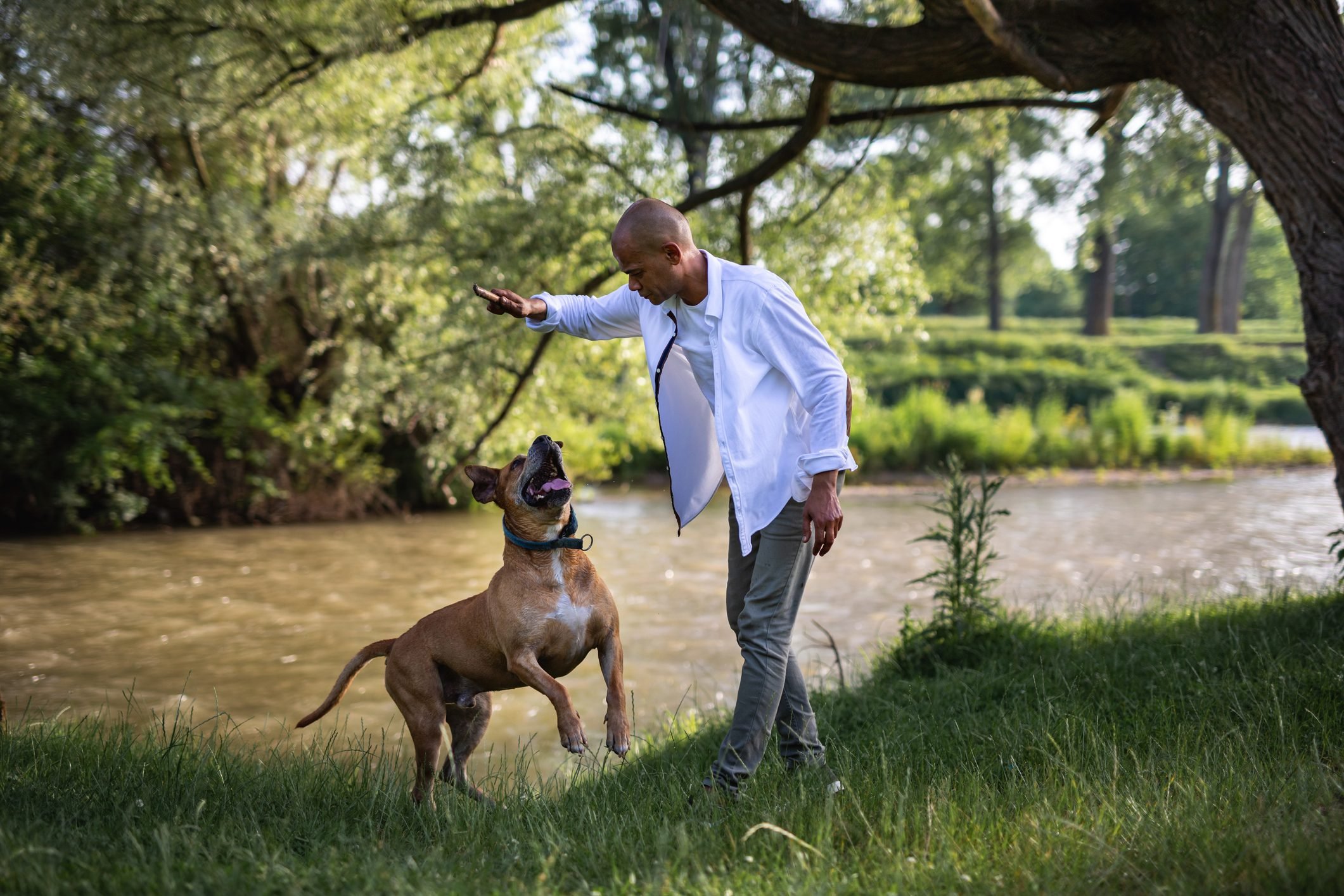
They ignore basic commands outside of the house
Your dog may be a pro at sitting or staying when you give him the command in your living room—but if all that goes out the window as soon as you leave the house, it’s meaningless. “Ignoring commands is usually due to the dog thinking they are the boss,” says Sukura Davis, a veterinary technician in Tacoma, Washington. That mindset can lead to problems in the future, which means it’s important to get a trainer involved quickly. “Trainers will reinforce dogs to trust the owners—and with trust comes understanding and listening,” Davis says. That way, you’re never left unsuccessfully repeating commands at the dog park ever again. If you’re wondering what counts as a basic command, these are the first 8 things you should teach your puppy.
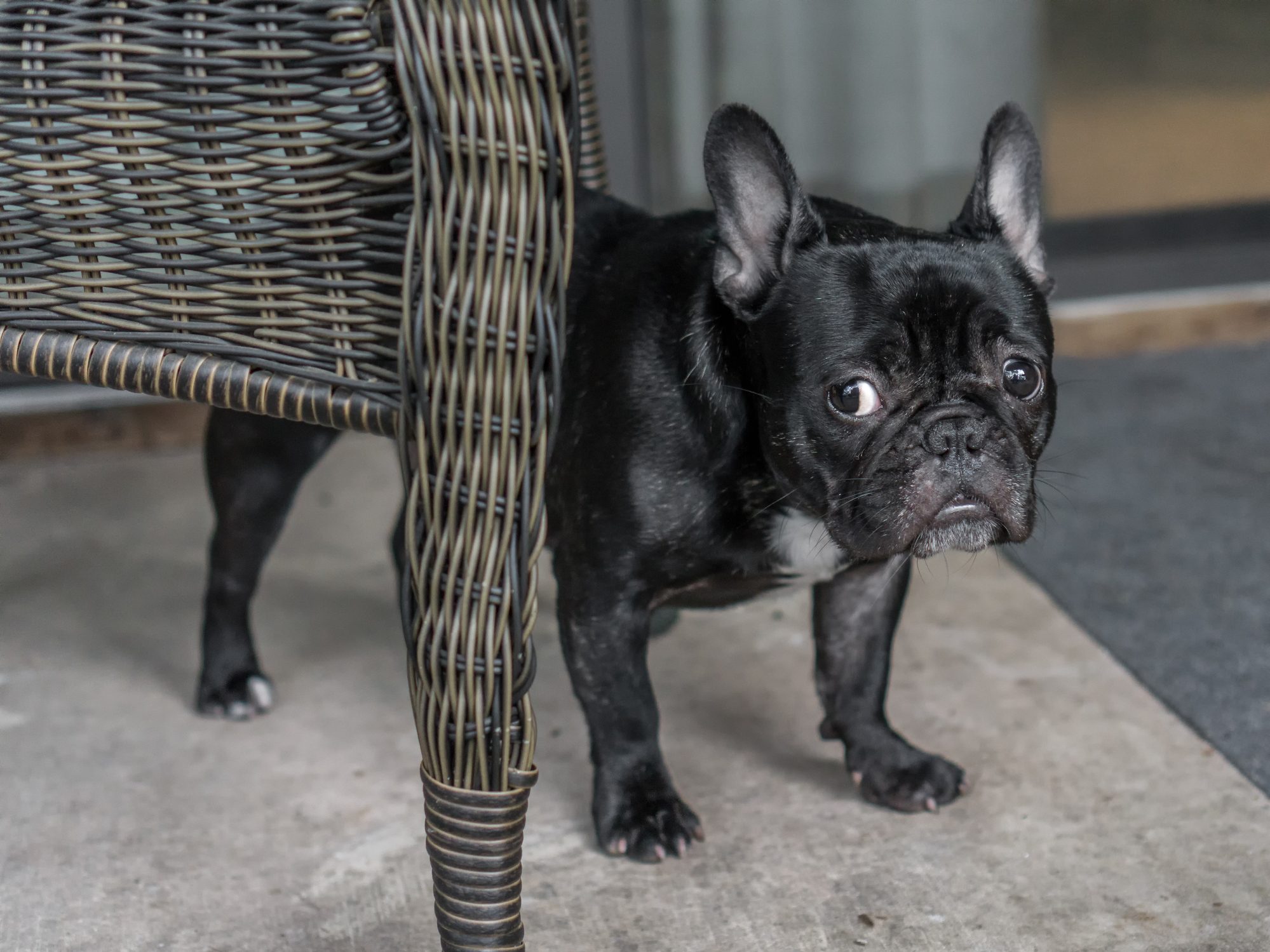
They’re afraid of new environments
If you see signs of nervousness whenever you take your dog out of the house—for example, if he hides or puts his tail between his legs at the pet store—enroll him in obedience training, says Ellis. A mentally stimulating class could help boost his confidence and make him feel more secure in new environments. And here’s the thing: When it comes to increasing confidence and decreasing anxiety, it doesn’t matter which commands you work on. What matters most is that your dog understands that he’s learning new skills—and that he’s getting to bond with you in the process. If your pup also stresses out at home, check out these pet products that could help alleviate your dog’s anxiety.
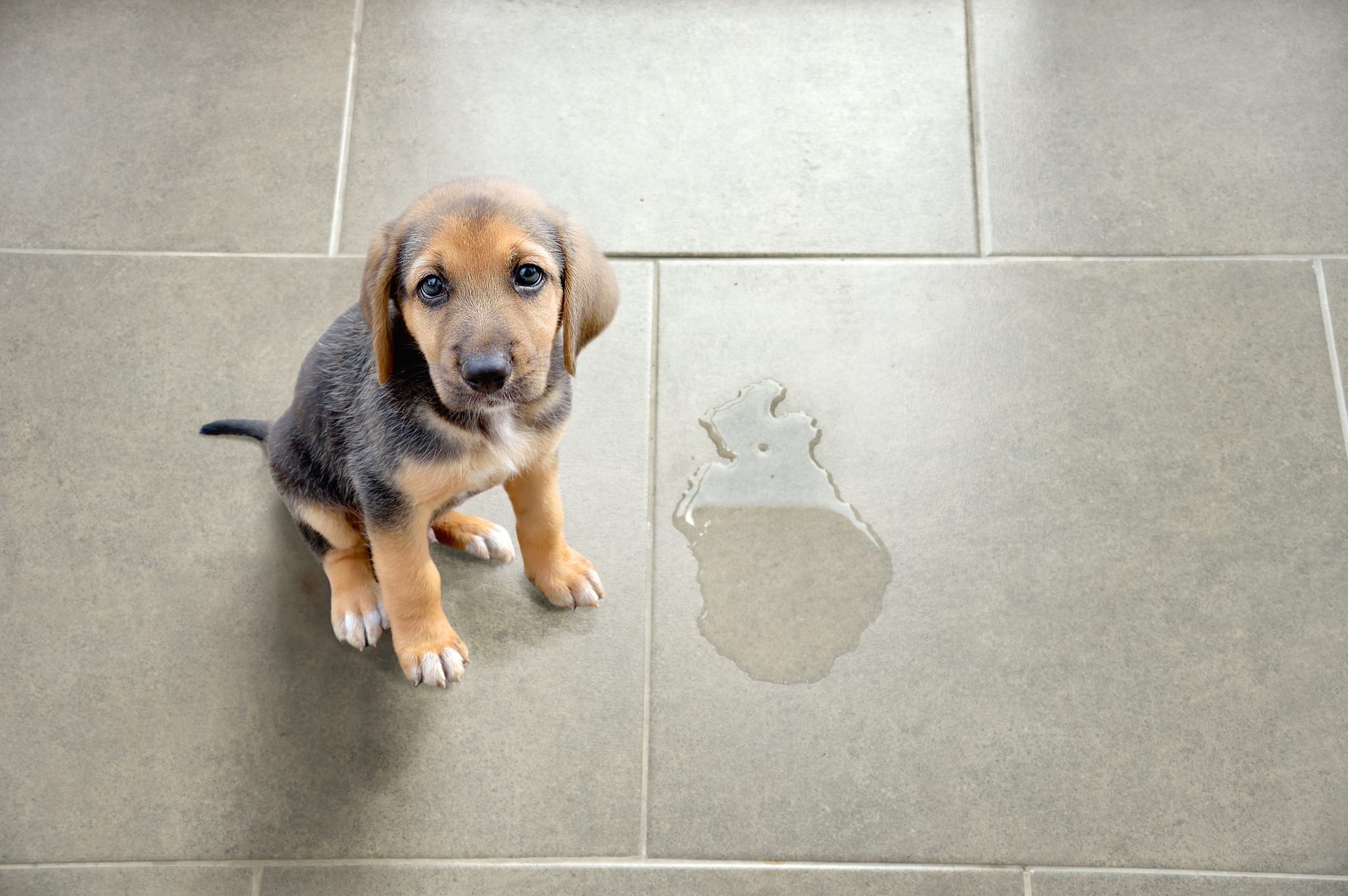
They pee in the house
Potty training can be one of the most difficult skills to teach your dog yourself—and with products like wee-wee pads out there, the process can be even more confusing. (Imagine trying to understand that you can relieve yourself on some parts of the floor but not all of them?) Once you rule out medical causes, such as incontinence, kidney failure, dementia, and urinary tract issues, it might be time to consult an obedience trainer for this problem. Whether your dog is young and needs to be potty trained (these washable dog pee pads are a must-have) or is older and needs a refresher course, a professional trainer can help you come up with a potty plan that both you and your dog understand. Of course, you need to make sure you’re giving your pup enough outdoor time. Generally speaking, this is how long it’s OK to leave your dog home alone.
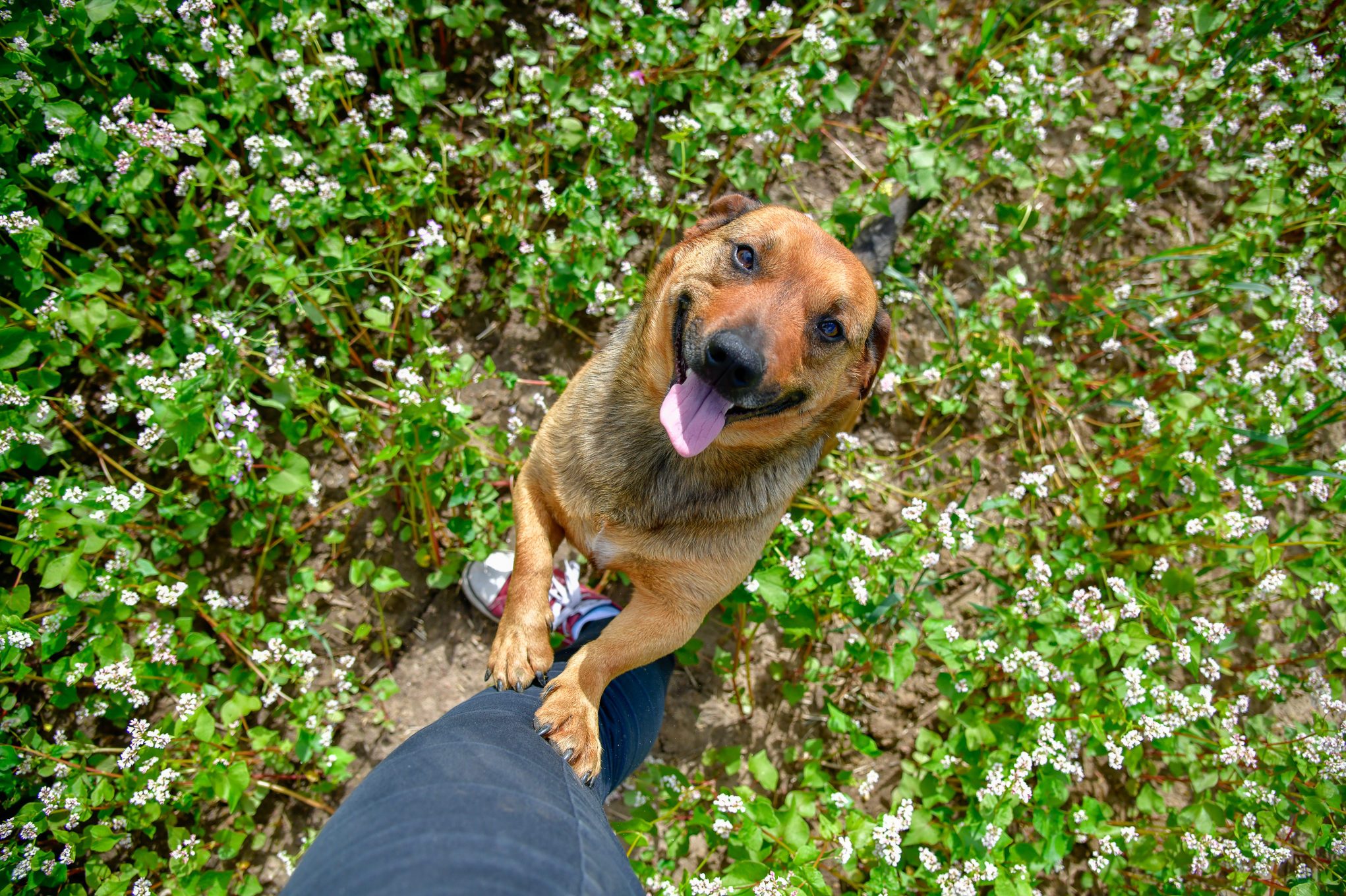
They jump on guests
Many rambunctious pups love to jump on visitors to give them a proper hello. Unfortunately, this behavior can be dangerous—especially when children and older adults are involved—and it’s one of the puppy training mistakes you’ll regret later. Keep everyone safe by enrolling your dog in obedience training to establish positive door behaviors. According to the Humane Society, a common training method is to teach your dog to sit when someone walks in the door and avoid giving them any attention if they jump (greeting your dog when they jump on you reinforces the bad behavior). Give them tons of treats and praise when they sit calmly.
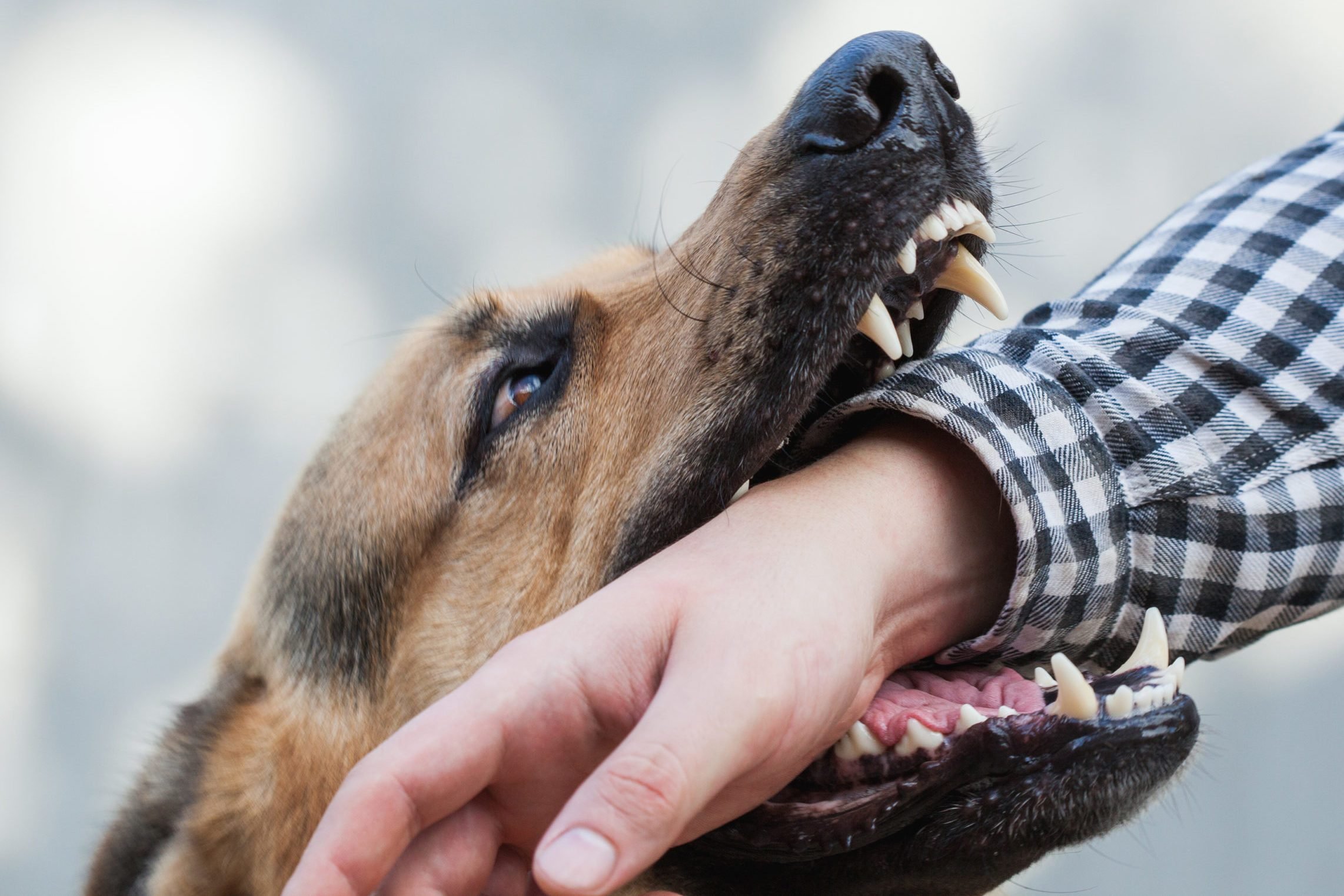
They bite or growl
If your dog shows any signs of aggression, hire a trainer as quickly as possible. Not only will a trainer be able to devise a plan to help your dog, but they’ll also be able to teach you how to respond to your dog safely. “As a pet owner, it’s really hard to see subtle changes in our dog [that could be signs they’re on edge],” says Ellis. “Sometimes it’s a look away, it’s a hard stare, it’s a tightening of the back, a lowering of the tail. There are so many little things.”
After your trainer determines the cause of your dog’s aggression, they can help you figure out how to move forward and solve the problem. Because there are so many causes of aggression, including fear, pain, and protectiveness, the plan will vary greatly depending on your dog’s specific situation. For more ways to raise a well-mannered pet, avoid these 53 mistakes every dog owner makes.
